By the time production of the W123 range ended in 1985, it was the most successful Mercedes-Benz to date, with just shy of 2.7 million examples built.
The main bulk of these (2.3m) were the famed saloon, while nearly 200,000 estates had been built. And then there was the coupé, of which a relatively meagre 99,884 were built.
In late 1977, we put the new 230C Coupé through its paces.
“The Coupé has the same distinguished appearance as the now well-established W123 saloon, but by reducing the height of the roof by just over 2in, and chopping 3¼in out of the wheelbase, a lower, longer and more sporty look has been achieved,” we began.
Initially, there were two available variants of the Coupé. The 230C was fitted with the four-cylinder, 2.3-litre engine and an automatic transmission, while the 280CE, with the same body and costing £2000 more, had the six-cylinder, 2.8-litre twin overhead camshaft engine.
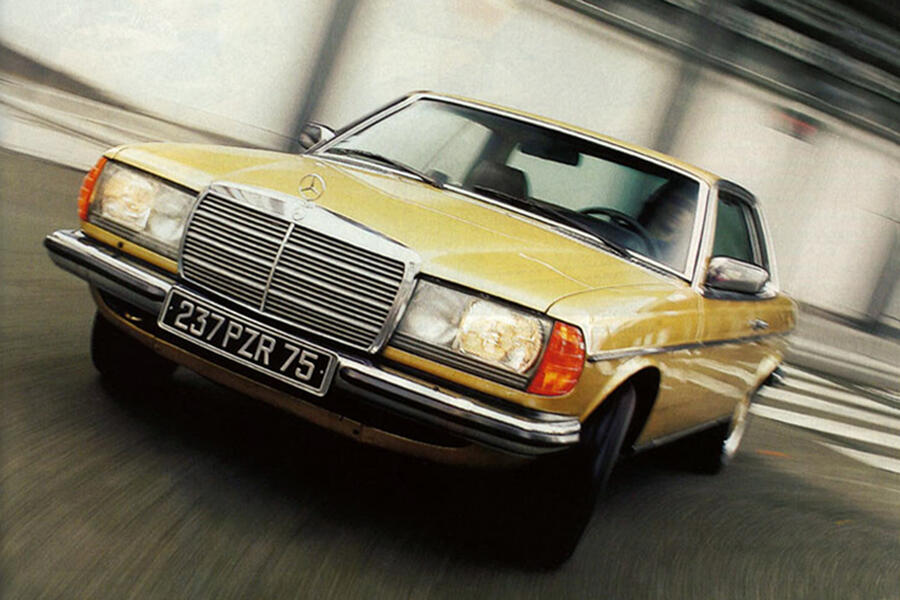
To Autocar’s dismay, we had the former – the negative feeling stemming from this having “performance than in no way lives up to the expectations implied by the car's looks”, due to the car “weighing in at 27cwt, a big mass to be propelled with only 110bhp”.
Thus, we recommended to anyone considering the Coupé to pay the considerable extra for the more powerful model.
On the road, we weren’t particularly impressed: “Although offering less interior space than the former 230 saloon of the previous generation, the 230C is fully 1cwt heavier in running trim, and with the extra power loss of automatic transmission, it proved a good deal slower,” we grumbled. “Acceleration from rest takes nearly as long to reach 90mph as the previous car took to reach 100mph.
“In ordinary driving, we found ourselves having to bully the 230C along and the car gives the impression that this is the right way to drive it.” Indeed, we struggled to reach 100mph on windy autobahnen.
So, perhaps the 230C worked best as a sedate cruiser for the equanimous driver? “The engine is never particularly quiet, but the noise level does not get appreciably worse in hard driving,” we commented. Ah, maybe not, then.
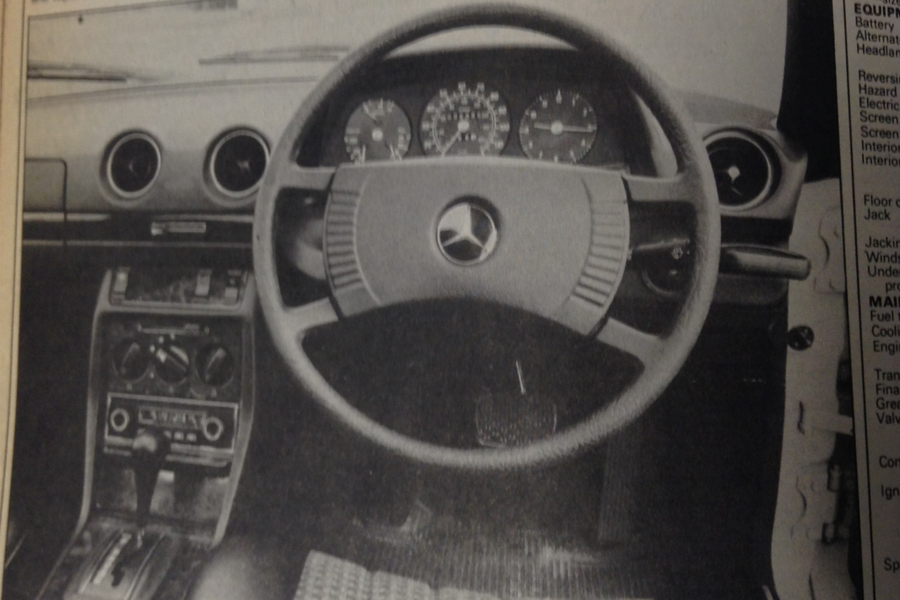
However, the four-speed automatic transmission was, in our opinion, “considered from all aspects, the best currently available,” on account of it being “extremely responsive to the driver’s mood, hanging on to higher gears if throttle openings are small, and changing smoothly down to third gear and holding onto peak revs if the driver wants to get a move on”. Its selector, too, was positive and definite in its action.
Fuel consumption proved to be a sticking point, though. “Cruising at 100mph, it was alarming to note the rate at which the fuel gauge would fall, and even driving on until the warning light had lit up, we were barely able to cover 200 miles between fuel halts, as consumption was down to 16mpg.” At a more leisurely pace, 19mpg proved a more representative figure in Britain.
Returning to driving matters, Autocar had a pleased but nonplussed view of the 230C’s ride, handling and steering.
“Almost whichever Mercedes one drives,” we said, “they all have the same basic handling characteristics of noticeable but not excessive understeer on corners, coupled with well-controlled roll. When pushed really hard into a corner there is a measure of sway and a tendency for the tail to dip and swing out slightly, helping the car to go round. It is certainly a very manageable car of the kind in which one feels very safe and confident that the handling will not perform any unexpected tricks.”
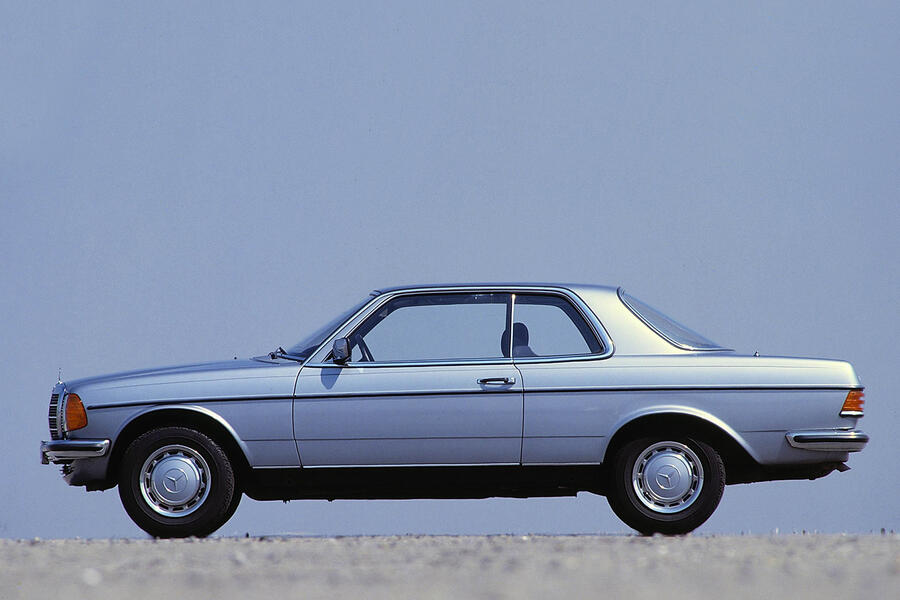
“Also typical of the marque is the steering with its progressive and extremely unobtrusive power assistance which most drivers may be unaware of, because it takes such even, well-balanced effort to turn the wheel with just the right degree of resistance, even at parking speeds.
“Accuracy on the straight is good but not quite up to the extreme precision normally associated with a rack and pinion system.”
Although grip was good, we did find that the “rather bluff front end of the car is quite badly affected by side winds”.
But it was the ride that really got our brows furrowed. “From the degree of firmness and knobbliness of the ride, especially at low speeds, the impression is given that the tyres are too hard, even though their pressures are found to be correct. Every little undulation or blemish is noticed, coupled with severe jolt on bad potholes or bumps. In this respect, comfort is disappointing and is a long way inferior to, say, a Jaguar XJ6 or Rover 3500,” we complained.
At least wind and road noise were contained most competently.
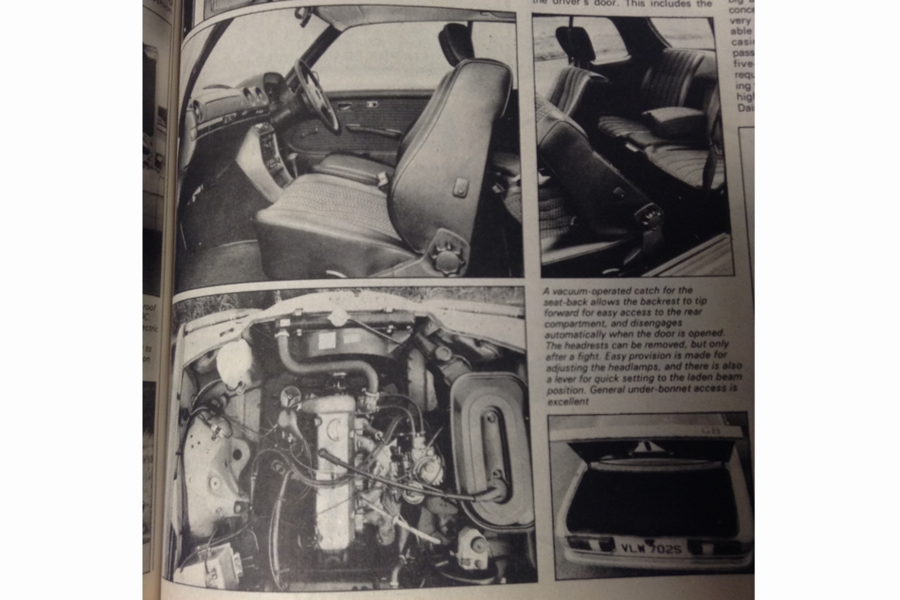
The inside was similarly lacklustre in the comfort stakes. “All who drove the 230C criticised the limited accommodation,” we reported. “Lowering of the roof has made head room very limited, and if passengers are carried in the rear seats, it is necessary to move the front seats well forward to provide even minimal rear leg room.”
Although supportive, we also found the seats to be rather hard, while the rear seats were “snug”.
Other things we noticed were that there were no heating vents for the rear seats – although they did get a cigarette lighter – and that while the heater was more effective than most, it produced a nasty smell at first and was still short of the 3500’s air-blending system.
As with today’s Mercedes-Benz E-Class, interior quality was a strong point: “Embellishment of the interior with high gloss polished walnut trim on facia, console and door cappings, is pleasantly done and looks attractive,” we praised, “although perhaps a little dated to British eyes.”
Our test 350C also featured an electrically opening sliding sunroof “which automatically lifts a small draught deflector at the front as it is opened.” We found this sunroof “worked very well and wind noise at speed is not excessive with the roof open.”
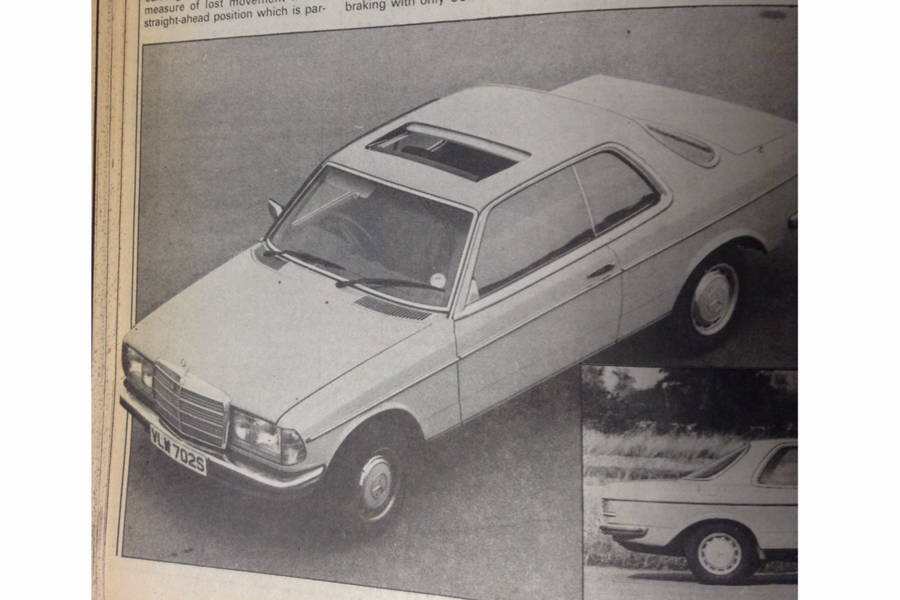
In conclusion, then, we had this to say of the 230C: “It is difficult to see a large market that would pay the considerable price charged for the Coupé,” as was proven, “and be content with the rather limited performance available with the 230 engine in so big a car. Yet, the two-door Coupé concept, with its pillarless sides, is very pleasing and particularly suitable for those who have only occasional need to carry rear seat passengers.
“It goes almost without saying that the car comes up to the usual high standards of finish for which Daimler-Benz are renowned”.
Well, some things change, and some never do.

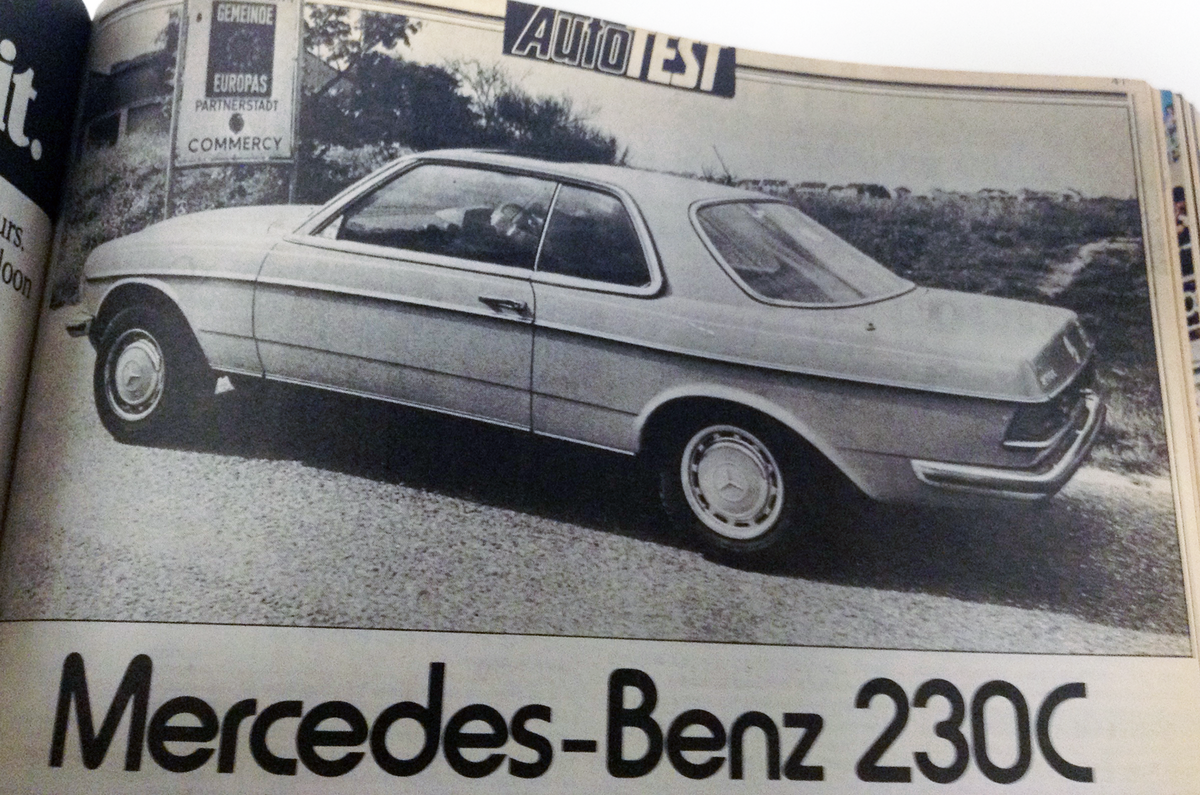
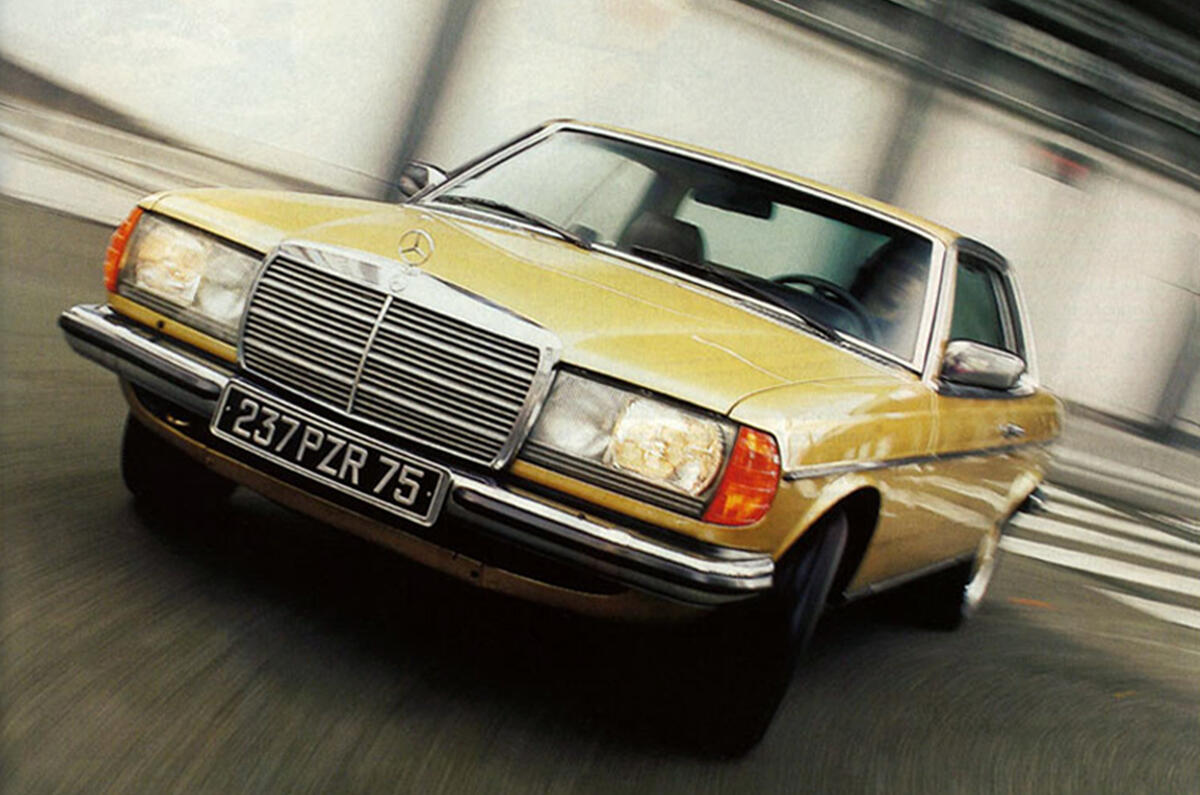
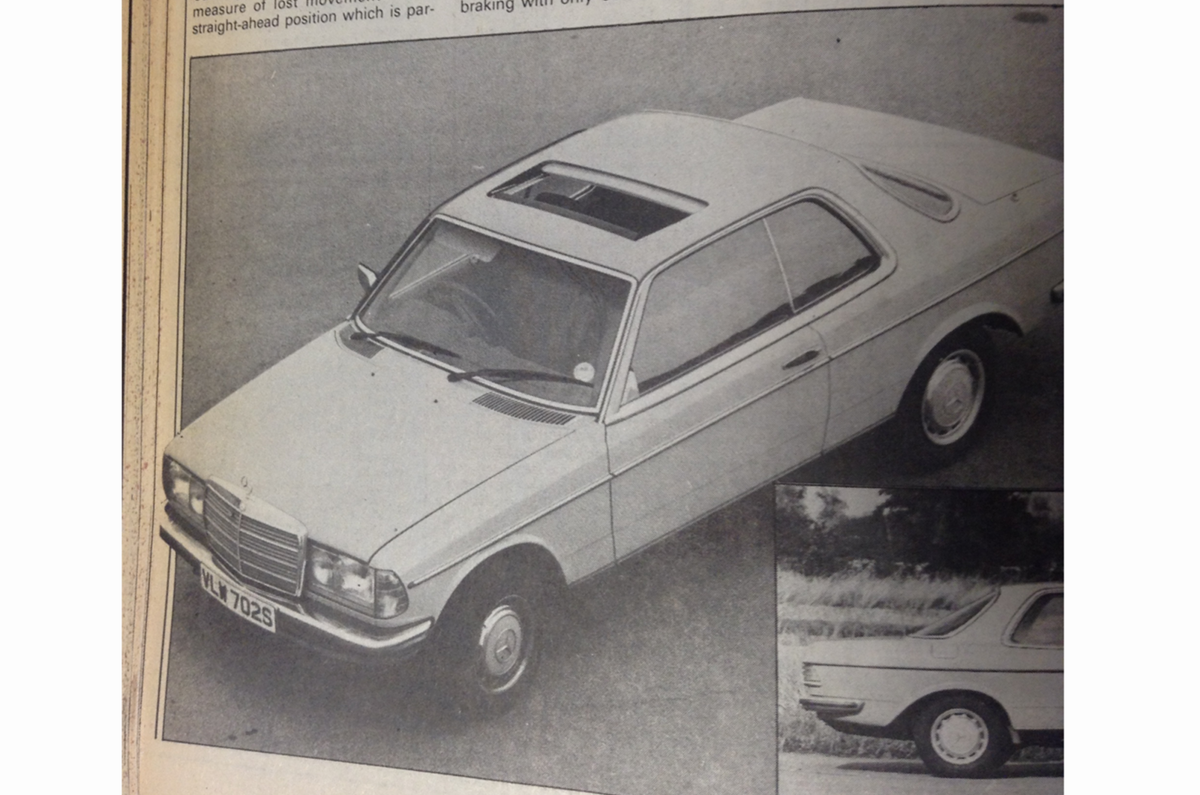
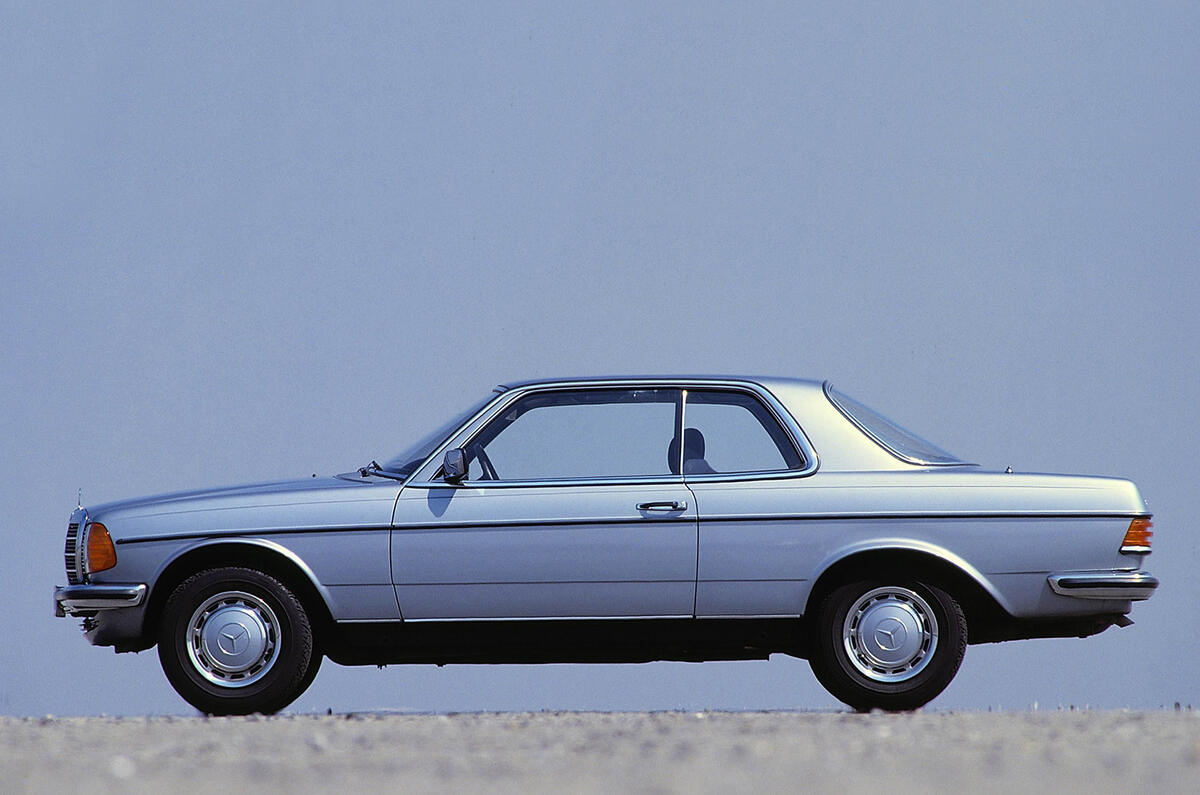
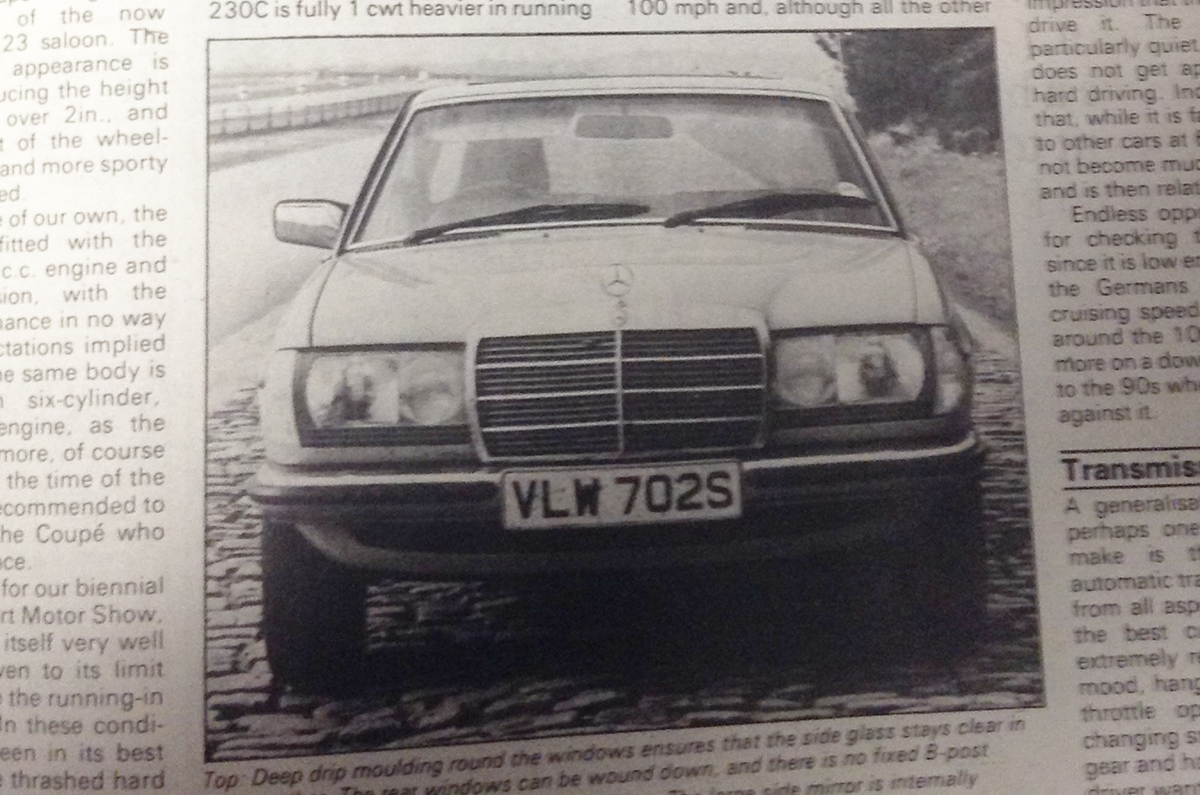
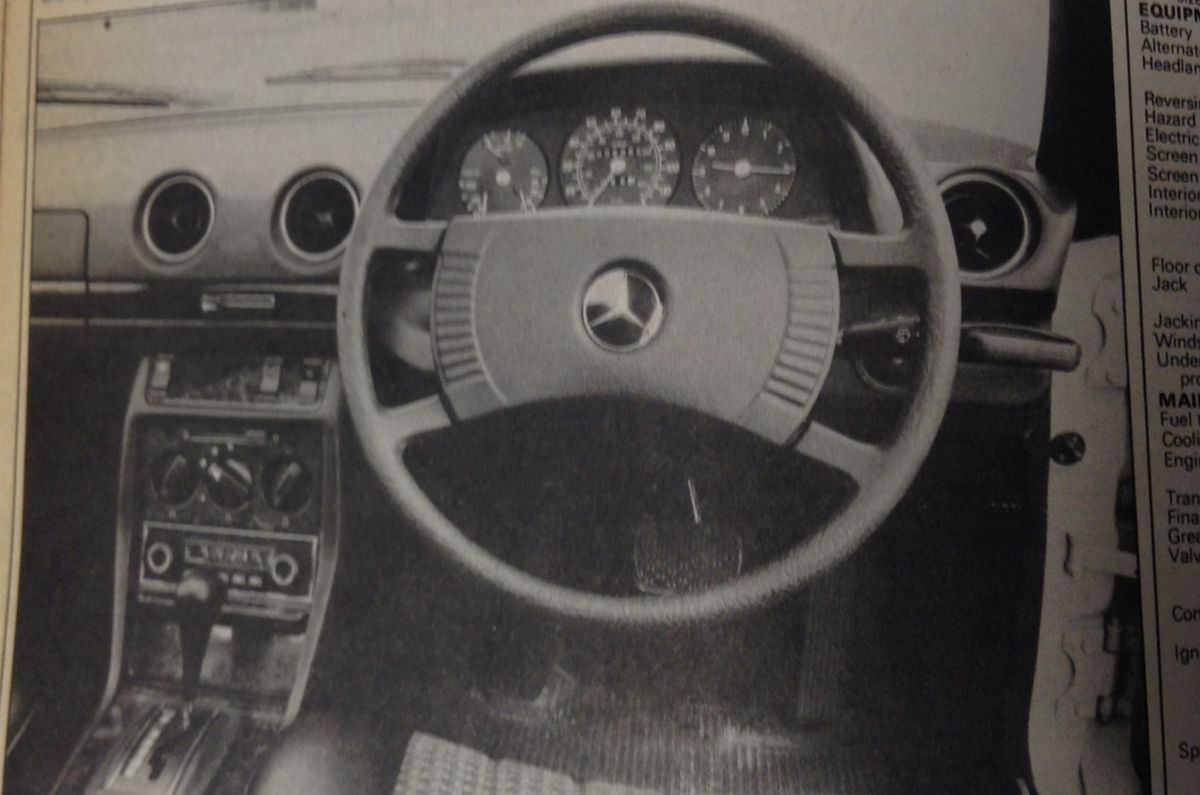
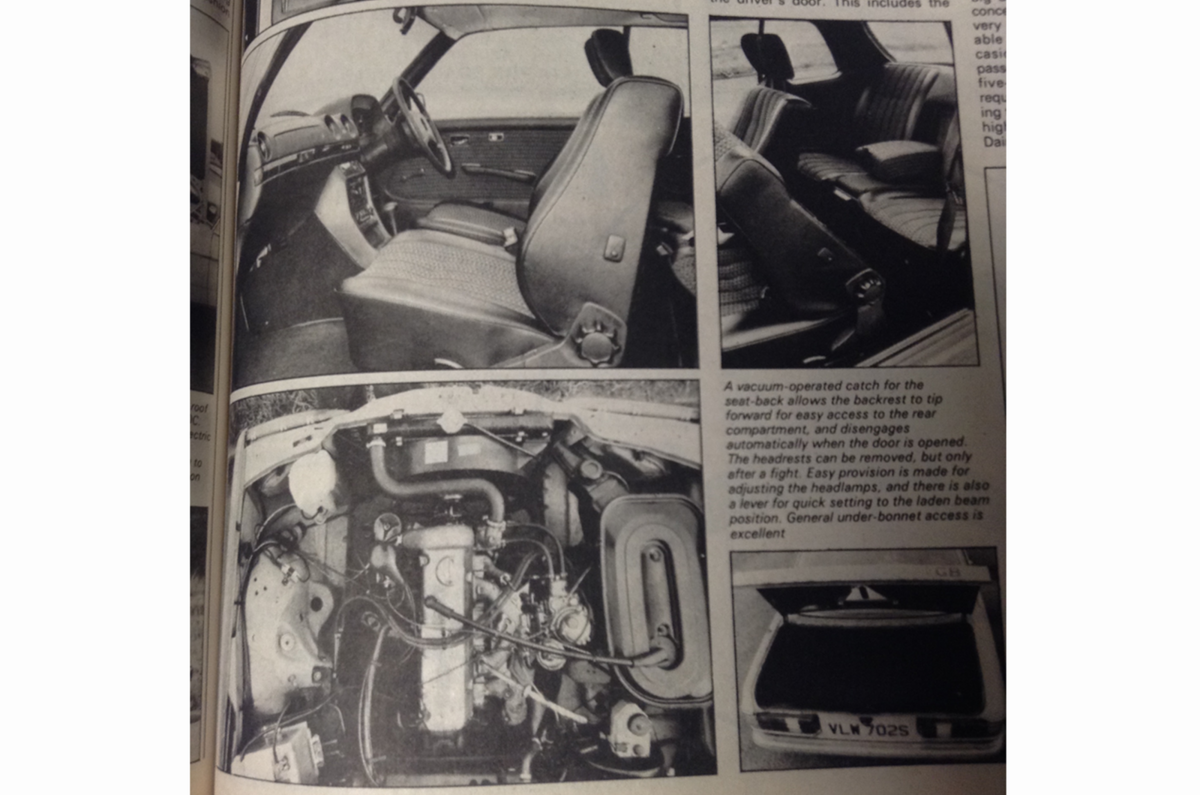
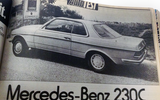
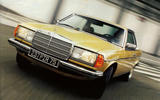
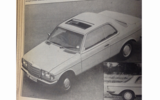
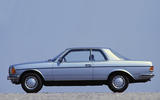
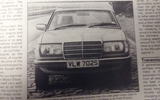
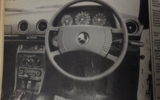
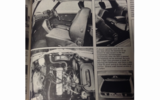


Join the debate
Add your comment
Nice car.
The car in the pics is an S
Right you are, Jag. Mistake
Right you are, Jag. Mistake on my part, thanks for pointing this out
Deja vu
Well there's a surprise. We've had 40 years of this. That superiority didn't do Rover much good.
Yes I wasn't aware the Rover